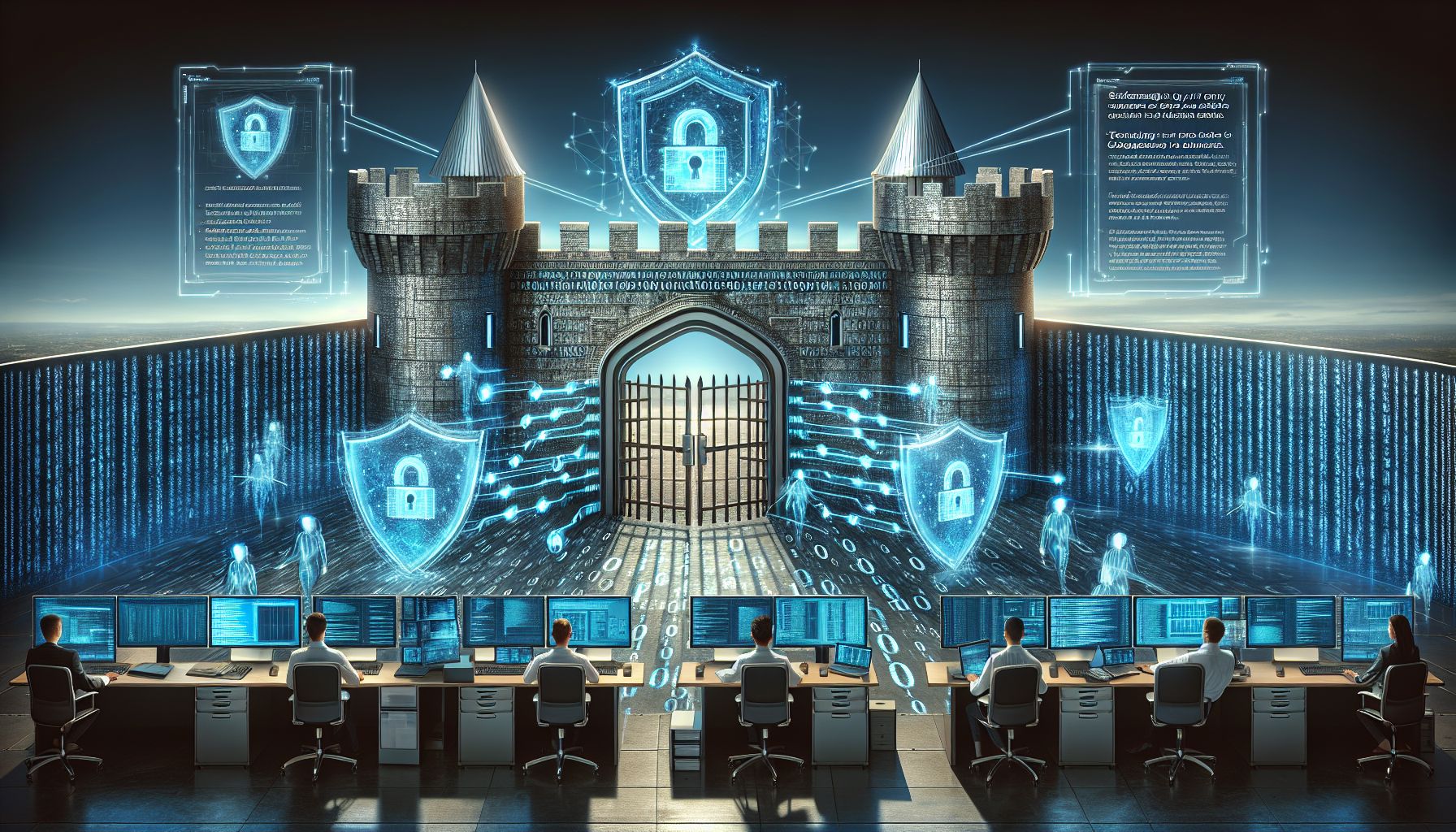As technology continues to advance at a rapid pace, the need for robust cyber security measures has never been more critical. With cyber attacks becoming increasingly sophisticated, it is essential for organizations to invest in methods that can protect their digital assets from unauthorized access and malicious activities. One such method is computer forensics, which plays a crucial role in investigating and analyzing digital evidence to uncover cyber crimes. In this blog post, we will explore the importance of cyber security and computer forensics for a technical audience.
What is Cyber Security?
Cyber security refers to the practice of protecting computers, networks, and data from unauthorized access, theft, and damage. It involves implementing various measures and protocols to safeguard digital assets and ensure the confidentiality, integrity, and availability of information. Cyber security encompasses a wide range of practices, including firewalls, encryption, antivirus software, and intrusion detection systems. By adopting a layered approach to cyber security, organizations can mitigate the risks associated with cyber threats and prevent potential breaches.
The Role of Computer Forensics
Computer forensics is a branch of digital forensics that focuses on investigating and analyzing digital evidence to uncover cyber crimes. It involves the collection, preservation, and examination of electronic data to identify and document potential security incidents. Computer forensics techniques can be used to recover deleted files, trace network activity, and reconstruct digital events to support legal proceedings. By leveraging computer forensics tools and methodologies, organizations can enhance their incident response capabilities and mitigate the impact of cyber attacks.
Key Principles of Cyber Security and Computer Forensics
-
Proactive Approach: In today’s digital landscape, organizations must adopt a proactive approach to cyber security and computer forensics. By implementing robust security controls and conducting regular risk assessments, organizations can identify potential vulnerabilities and address them before they are exploited by malicious actors.
-
Continuous Monitoring: Cyber security is an ongoing process that requires continuous monitoring and evaluation. By leveraging intrusion detection systems and security information and event management (SIEM) tools, organizations can detect and respond to security incidents in real-time, minimizing the impact of cyber attacks.
-
Forensic Readiness: Organizations should have a comprehensive forensic readiness plan in place to facilitate the collection and preservation of digital evidence in the event of a security breach. By establishing clear procedures and protocols for digital forensic investigations, organizations can ensure an effective response to cyber incidents.
-
Collaboration: Cyber security and computer forensics require collaboration between various stakeholders, including IT professionals, legal experts, and law enforcement agencies. By working together to investigate and mitigate cyber threats, organizations can enhance their overall security posture and effectively combat cyber crimes.
Conclusion
In conclusion, cyber security and computer forensics are essential components of a comprehensive security strategy for organizations across all industries. By investing in cyber security measures and leveraging computer forensics techniques, organizations can protect their digital assets from cyber threats and ensure the integrity of their information systems. As technology continues to evolve, it is crucial for organizations to stay ahead of cyber criminals by remaining vigilant and proactive in their approach to cyber security and computer forensics. By adopting best practices and collaborating with industry experts, organizations can effectively safeguard their digital assets and mitigate the risks associated with cyber attacks.




